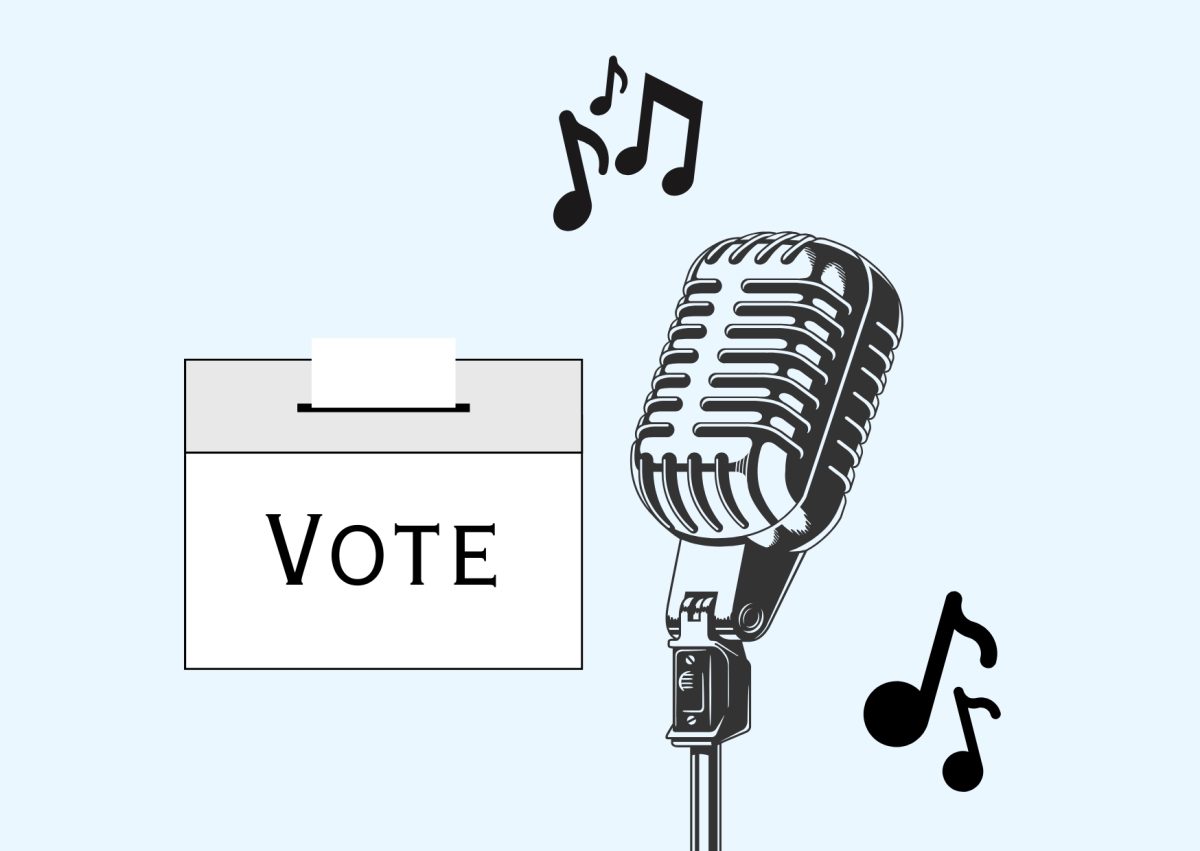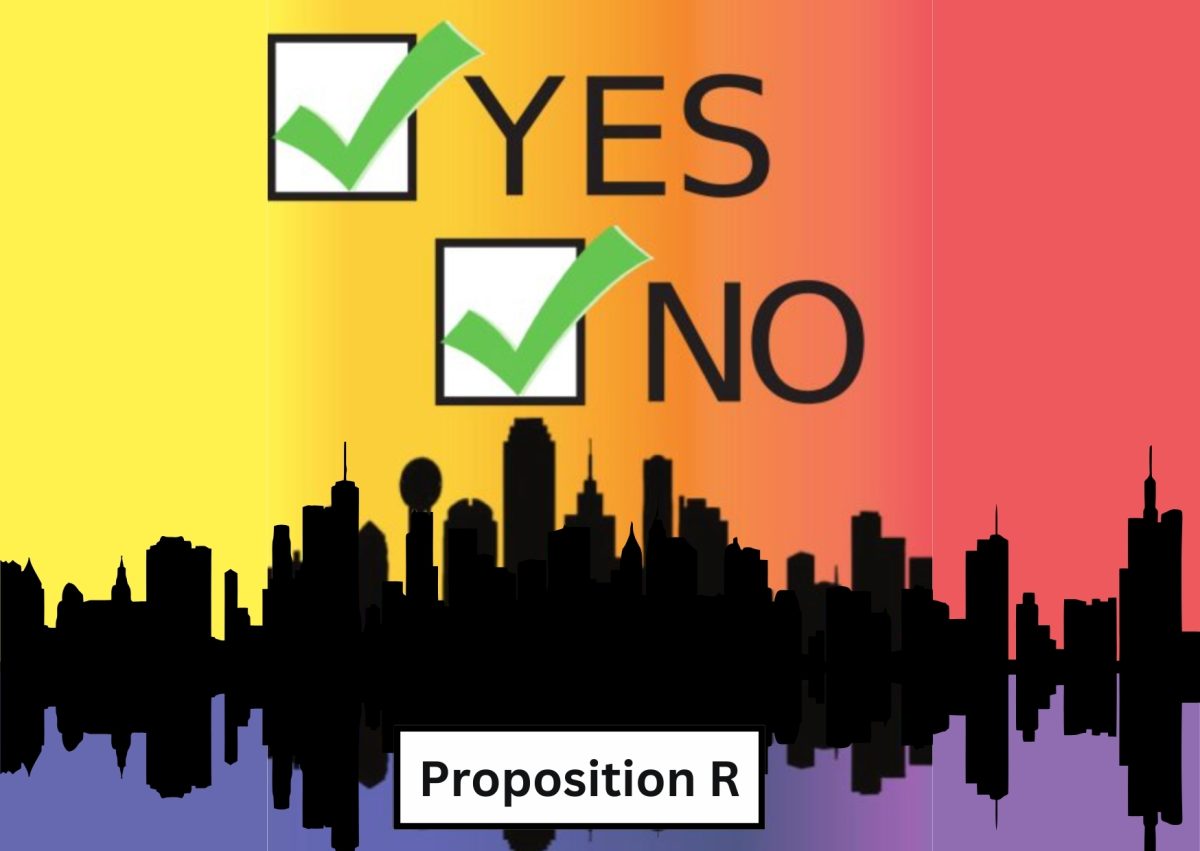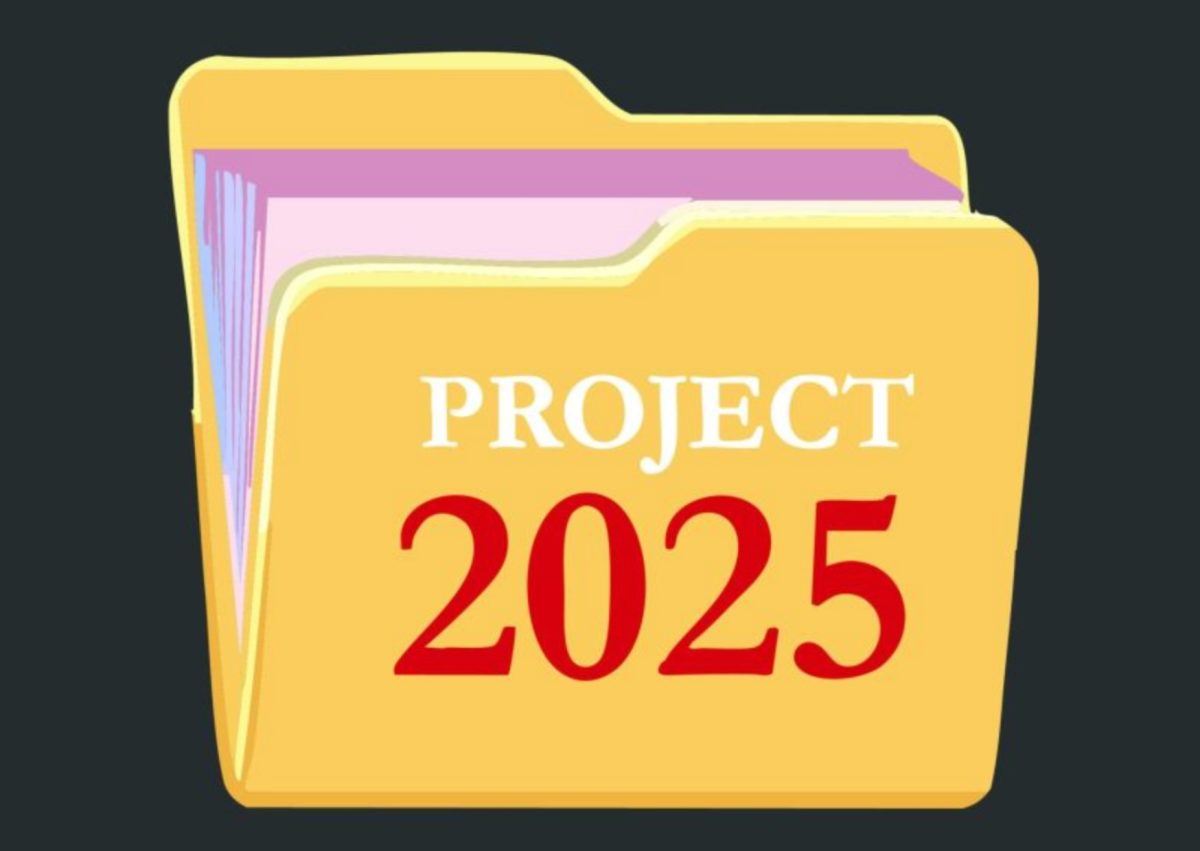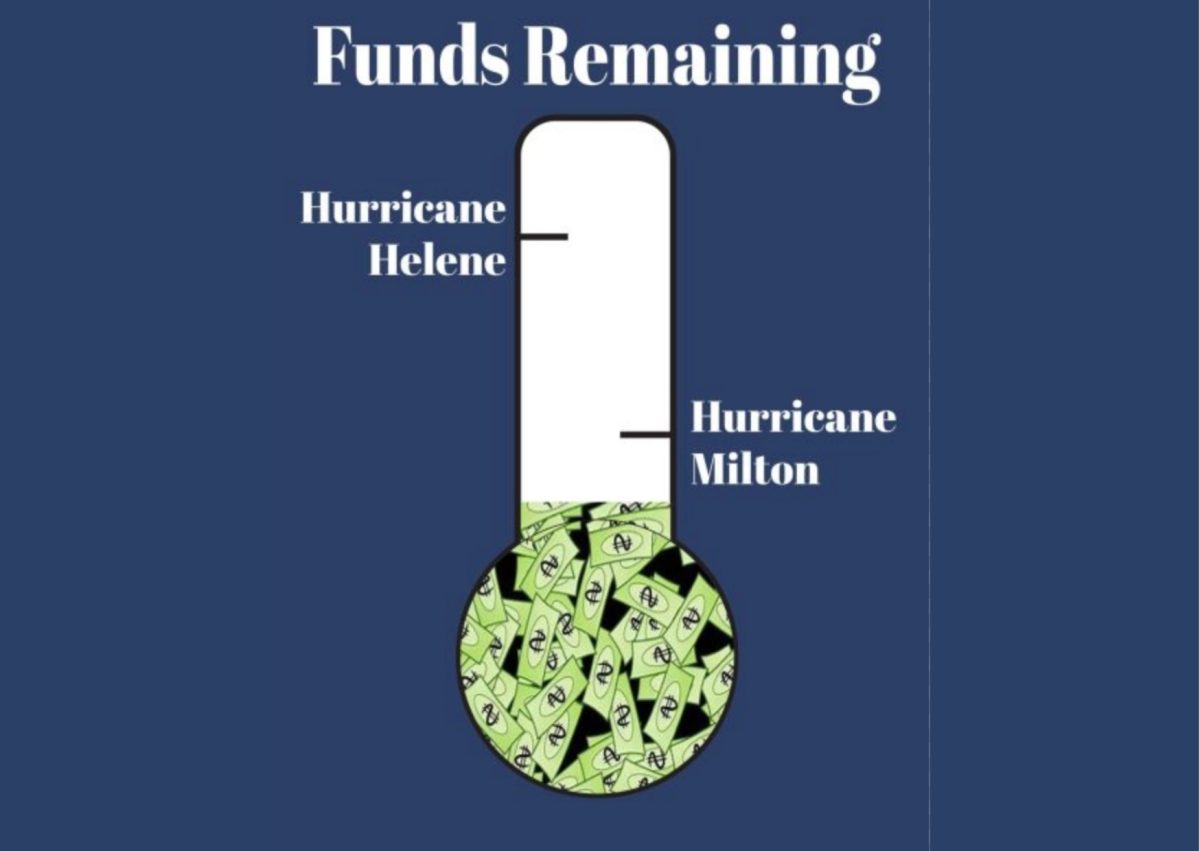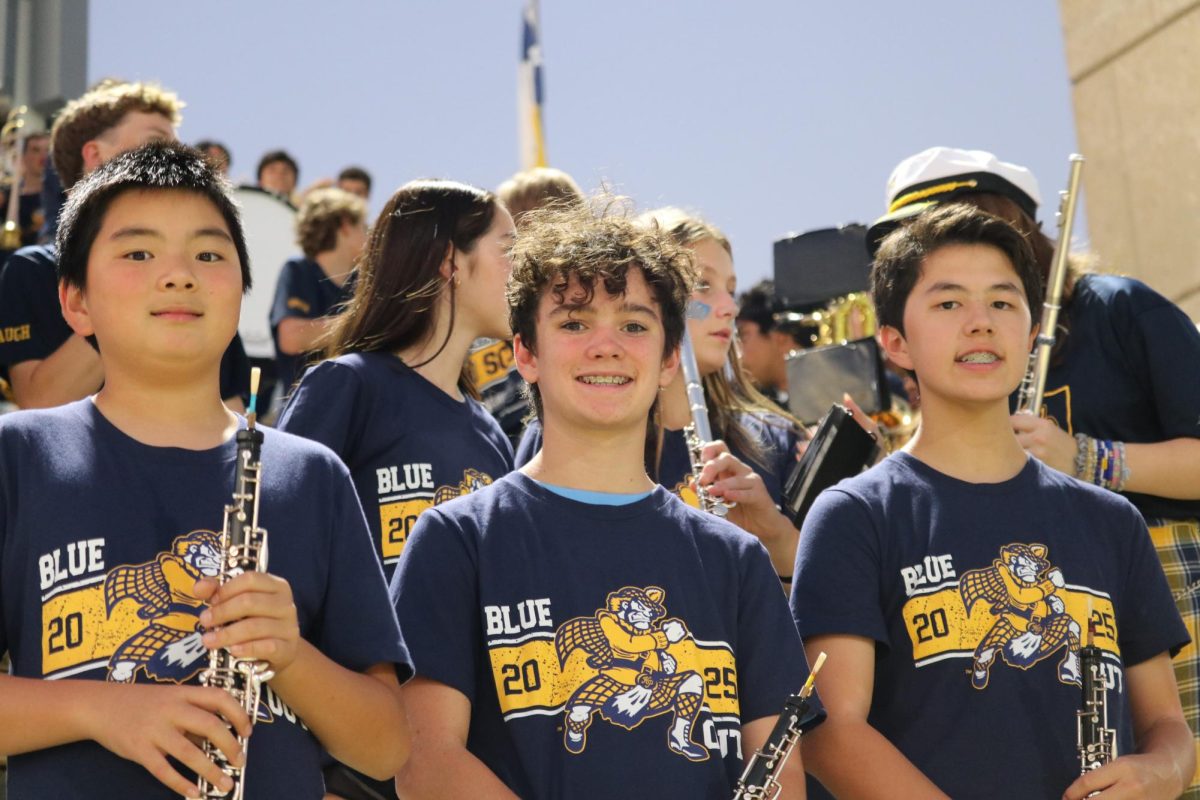In a world where a single social media post can permanently alter one’s public image, candidates have shifted away from traditional campaign strategies, leaning on an unexpected ally: TikTok. Initially started as a way to share short-form content, the app has grown well beyond its original purpose, becoming a catalyst for political change among younger generations.
Each presidential election cycle, one social media platform dominates the rest, becoming the primary outlet for people to voice their opinions outside of withering news forums.
“In 2016, it was all about Facebook. The last election [2020] was more Twitter and about COVID than anything else,” digital marketer Lindsey Laulis said.
Political strategist and self-proclaimed digital storyteller Josh Klemmons has spent the past twenty years advising both companies and politicians on how to best present themselves in an ever-changing digital environment.
“TikTok has been circulating for nearly ten years with little political relevance beyond the app’s Chinese ownership. Today, the platform has become a massive place for political conversation,” Klemons said
This election, both Kamala Harris and Donald Trump have created new digital presences specifically centered around securing the Gen Z vote. These accounts, as opposed to traditional news, offer a humoristic viewpoint by incorporating political information into the current trends circulating the app.
“The way that Gen Z copes with such a polarized ecosystem is through humor,” senior Maxine Jordanoff said. “There are countless reels and for sure TikTok’s too, taking presidential debates and reworking them edits which peak our interests”
Unlike many her age, Jordanoff is not a TikTok user. She deleted the app hoping to avoid “doom scrolling” but argues that Instagram has an equal impact. The “Instagram Reels” provide a similar opportunity for advertising for politicians. A mutual understanding of the personalized algorithm has allowed both campaigns to leverage social media’s effect on the developing mind.
“What Trump does well is he shows a different side of himself that you’re not going to see in a political debate on the news, where he’s predominantly arguing with people,” Laulis said. “On TikTok, I think you can see more of a fun side of him or like his personality.”
Curating a well-rounded and successful online presence is an art difficult to master when trends are fazed out faster than they can be replicated.
“The Obama campaign ran the best digital program in history, which at the time was absolutely true,” Klemmons said. “While the Romney campaign ran the best social media program that 19 people would approve of before posting.”
Sixteen years later, the content stream the Obamas conquered has turned into a vast ocean that only one candidate will cross in November. Harris’ TikTok account under the handle @Kamalahq has been praised for its ability to stay ahead of the trends, posting multitudes of videos while maintaining a professional facade.
“In recent years, digital stopped being part of the communications team, and it has become its own department, with an equal say at the table with its own autonomy and leeway, ” Klemmons said.
These speedy responses are only possible with a large team, as it allow the social media teams to stay on top of trends and maintain relevance.
Staying relevant is always important to social media, but blindly following each new trend can do more harm than good if they do not align with one’s desired brand, audience, or aesthetic.
“You do not need to weigh in that things are ‘very demure’ right now. For a lot of candidates and a lot of brands, you just sound silly. You don’t sound ‘with it.’” Klemmons said.
For something to be considered a trend, it must attract enough attention from multiple different angles. To ensure that candidates stay relevant within the media, they pay specific influencers for public endorsements.
“Inviting a lot of influencers to the Democratic National Convention as sort of like reporters is very useful to the Party because their outreach and their influence is a lot larger with younger generations,” Jordanoff said.
Both parties have emphasized both being professional and being on trend due to the strategic addition of TikTok influencers to the political handbook. This has led to many positions of social media opening in politics.
“We have kids in elementary school saying, ‘When I grow up, I want to be an influencer,’ and that was not even a job in 2016,” Laulis said.
In an attempt to connect with younger generations, Trump’s campaign has been pursuing not only TikTok but also doing podcasts to connect with this generation.
“I think Donald Trump’s truly been the most effective is not with his internal social channels, but it’s understanding that he needs to go talk to folks who reach his audience,” Klemmons said.
In a social network overfilled with misinformation and false news, many Americans are left unable to decipher which people are presenting them with the real news. To combat this, Klemmons suggests assembling a “news crew” of trusted sources.
“Find somebody who speaks about the news that you trust. And it could be a journalist, it could be an activist, it could be a politician, straight up, an elected official,” he said.
While it can be difficult to believe that your vote matters in a state that may vote dissimilarly to you, it’s important to remember that every single vote counts in an election, especially one as significant as a presidential race.
“It’s important to believe that your vote does matter and you do voice it because in my demographic, 18 to 24-year-olds, our voter turnout is ultimately a big key in the 2024 election,” Jordanoff said.




